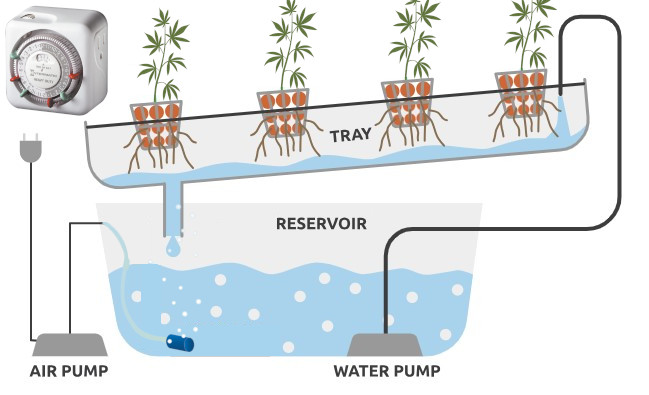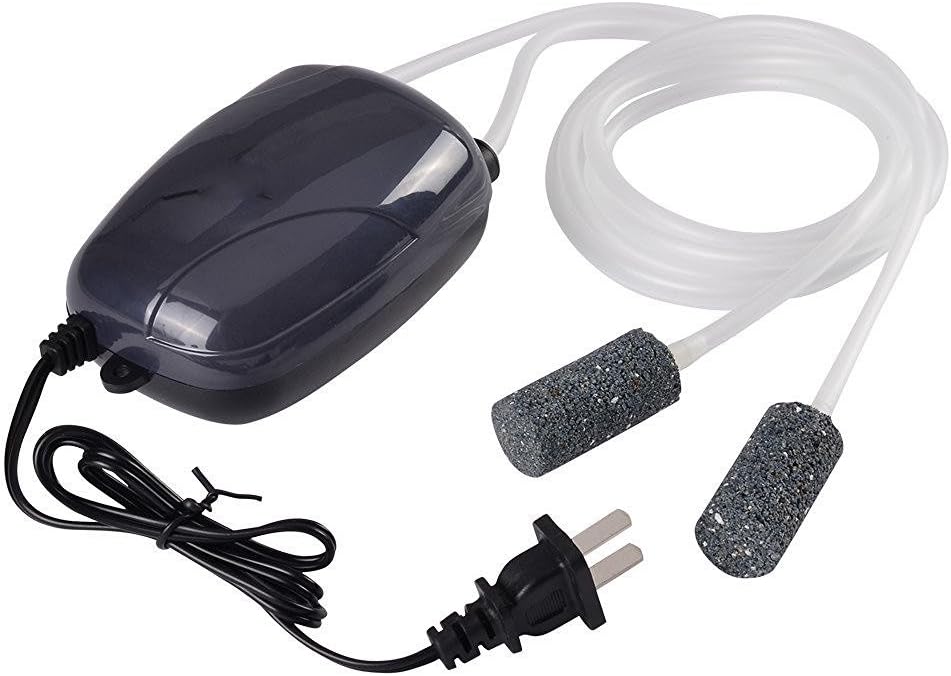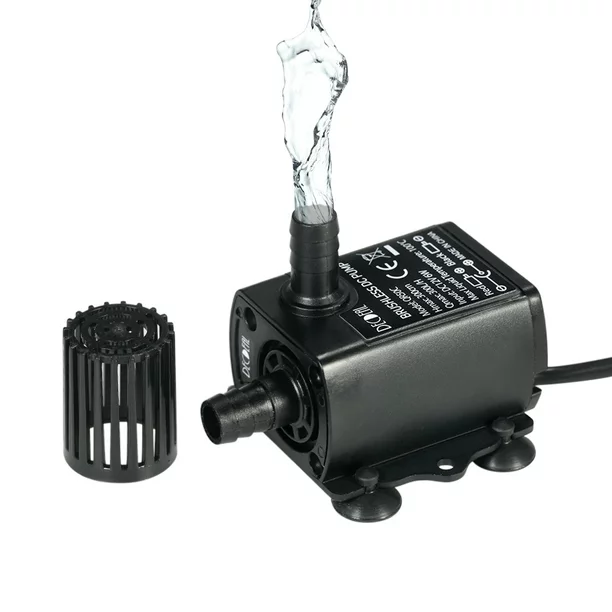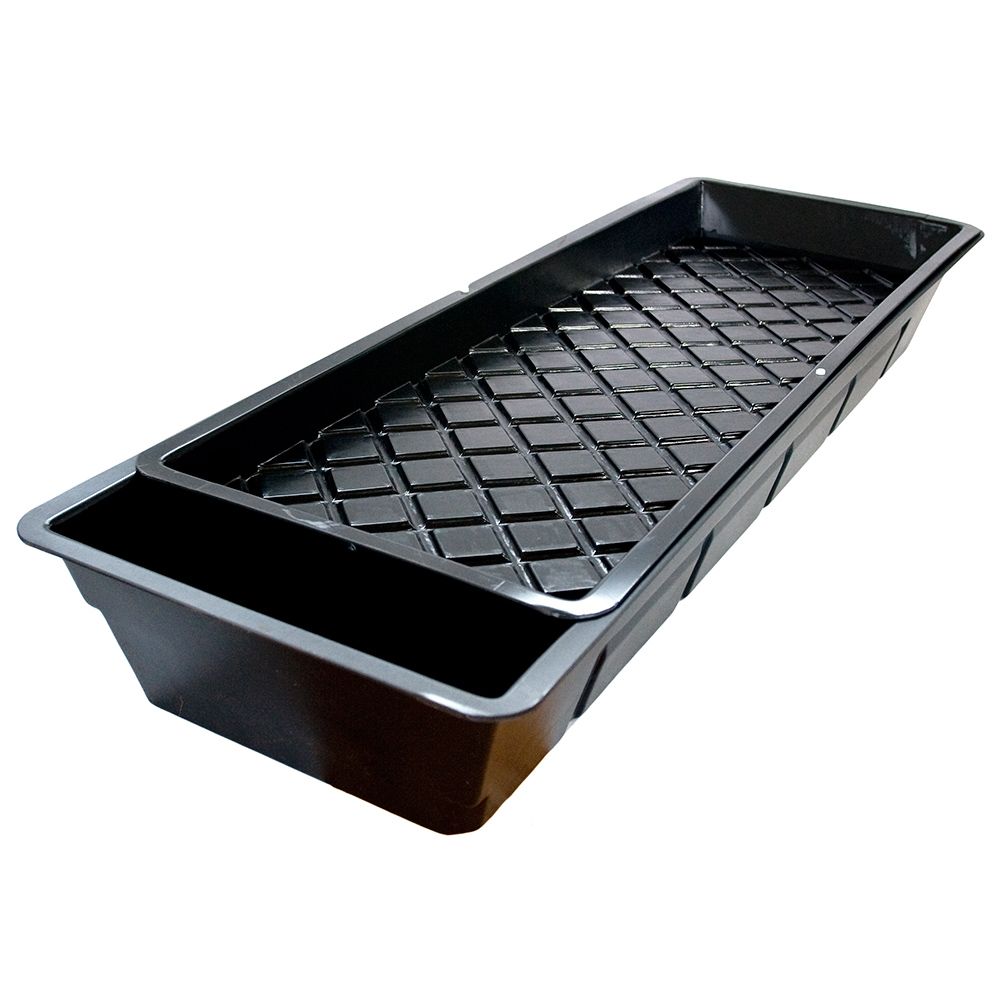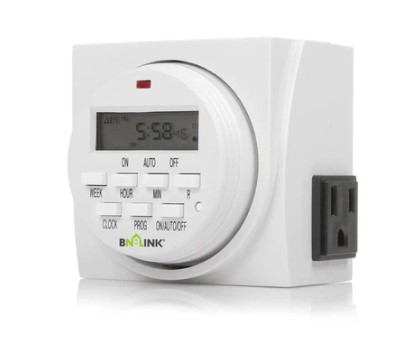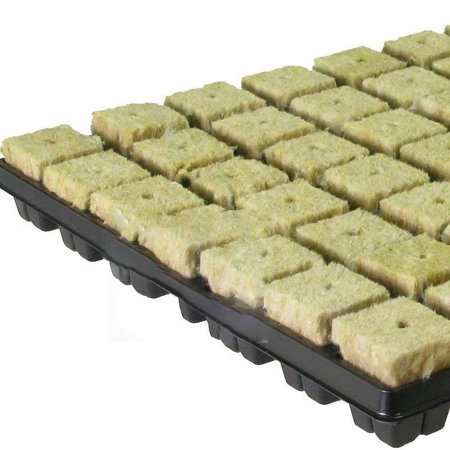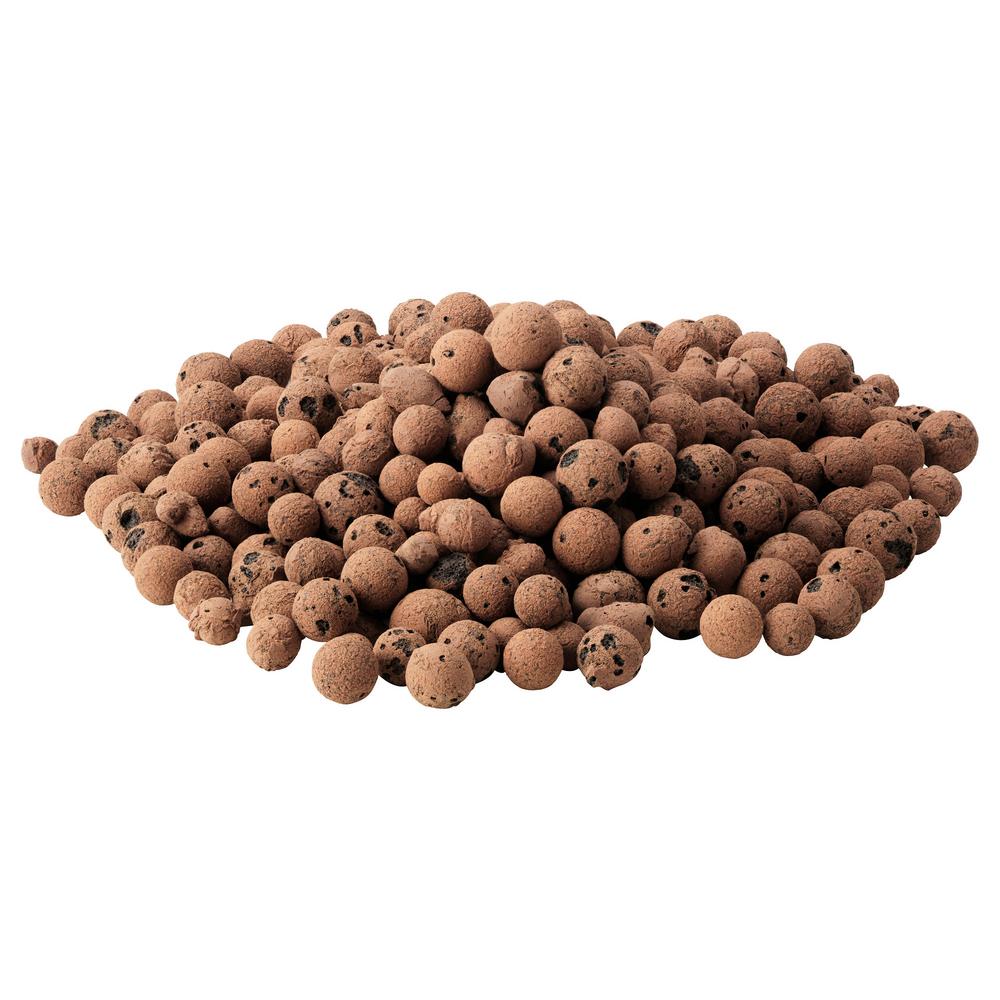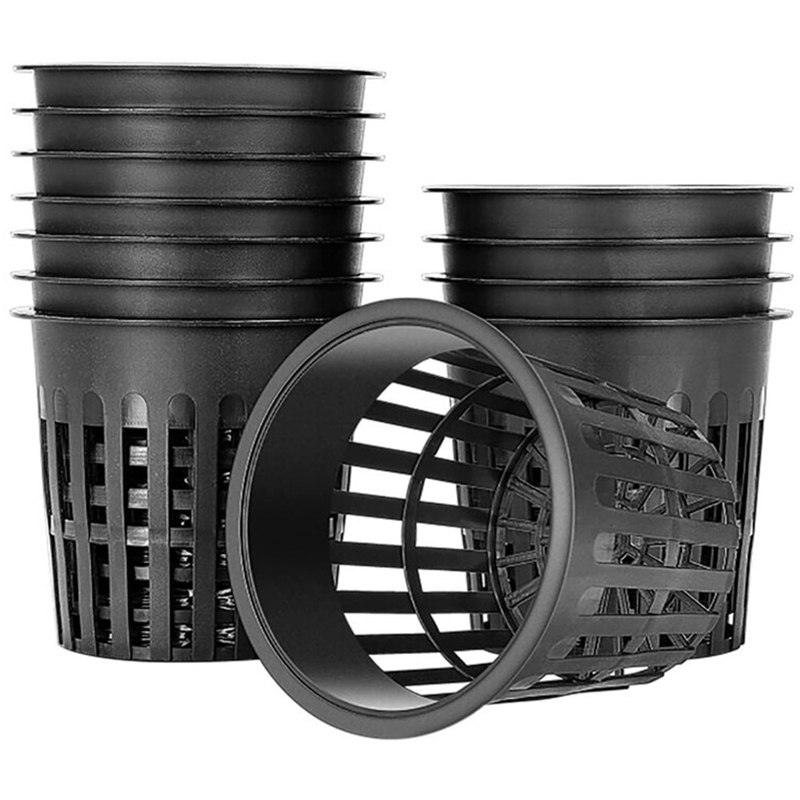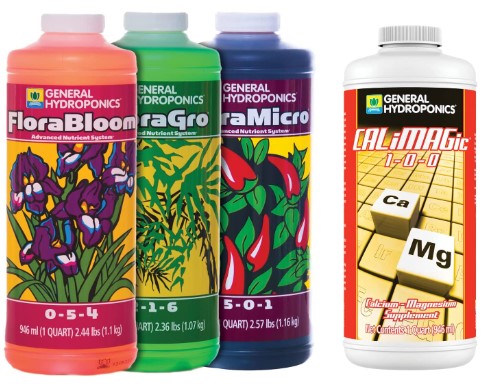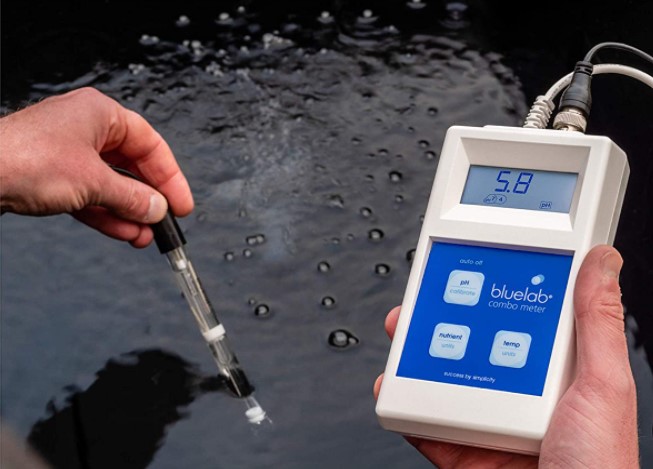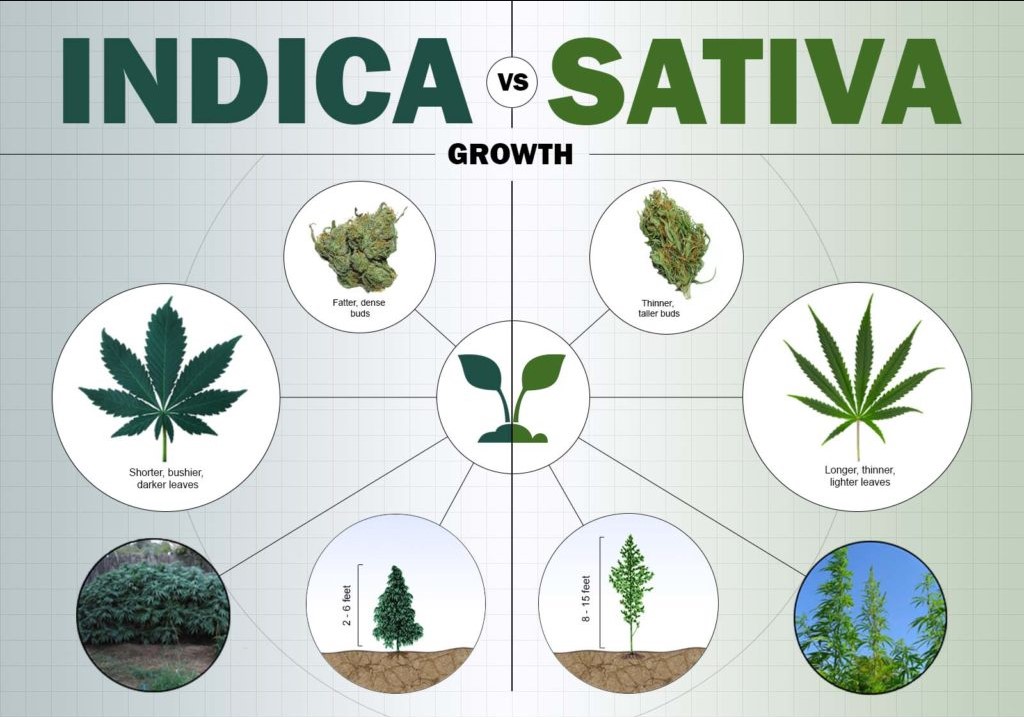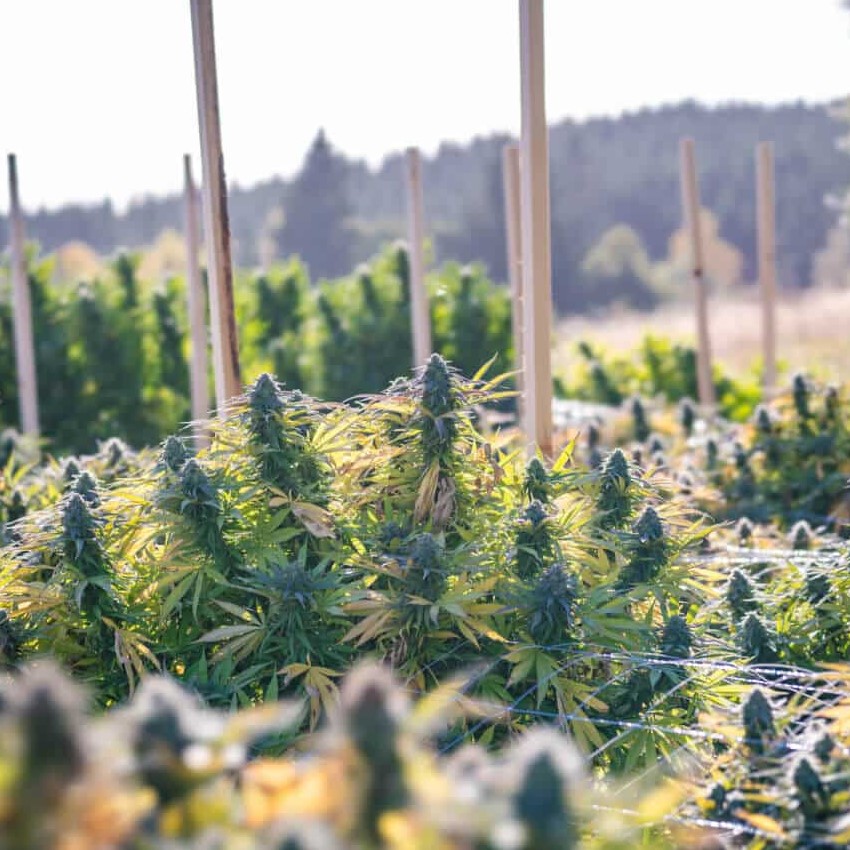Introduction
Overview of Hydroponics
Hydroponics is a method of growing plants without soil by using mineral nutrient solutions in an aqueous solvent. This technique allows plants to grow faster and produce higher yields compared to traditional soil-based methods. By directly delivering nutrients to the plant roots, hydroponics systems can optimize growth conditions and maximize efficiency.
What is NFT (Nutrient Film Technique)?
The Nutrient Film Technique (NFT system) is a specific type of hydroponic system where a thin film of nutrient-rich water is continuously recirculated over the roots of plants. The roots, suspended in a trough or channel, absorb the necessary nutrients and oxygen from the flowing solution. NFT systems are particularly favored for their simplicity, efficiency, and low water usage.
The Benefits of Using NFT System for Cannabis Cultivation
NFT hydroponics offers several advantages when it comes to growing cannabis:
- Rapid Growth: The continuous flow of nutrients ensures that cannabis plants receive a steady supply of essential minerals, leading to faster growth rates.
- Higher Yields: With optimal nutrient delivery and environmental control, NFT systems can significantly increase the yield of cannabis plants.
- Efficient Resource Use: NFT systems use water and nutrients more efficiently than traditional soil-based cultivation, reducing waste and lowering costs.
- Pest and Disease Control: Growing cannabis in an NFT system minimizes the risk of soil-borne pests and diseases, leading to healthier plants and reduced need for chemical treatments.
- Space Optimization: The compact design of NFT systems allows for vertical stacking, making it ideal for growers with limited space.
In the following sections, we will delve deeper into the specifics of NFT hydroponics, including system setup, nutrient management, and best practices for growing cannabis.
Understanding NFT Systems for Hydroponics
Components of an NFT System
An NFT hydroponic system consists of several key components, each playing a crucial role in the effective growth of cannabis plants:
- Growing Channels: These are typically made of PVC or similar materials, where the plant roots are suspended. The channels are designed to allow a thin film of nutrient solution to flow over the roots.
- Nutrient Reservoir: A container that holds the nutrient solution, which is continuously circulated through the system.
- Water Pump: This pump moves the nutrient solution from the reservoir to the growing channels.
- Return System: A mechanism, usually gravity-fed, that returns the nutrient solution from the channels back to the reservoir.
- Air Pump and Air Stones: These provide oxygen to the nutrient solution, ensuring that the plant roots receive adequate oxygen.
- Net Pots and Growing Medium: Net pots hold the plants in place within the channels, often filled with a growing medium like clay pellets or rock wool to support the plants.
How NFT(Nutrient Film Technique) Works
The operation of an NFT system is relatively straightforward yet highly efficient:
- Nutrient Delivery: The nutrient solution is pumped from the reservoir into the top of the growing channels.
- Film Formation: As the solution flows along the bottom of the slightly inclined channels, it forms a thin film, ensuring the roots receive a consistent supply of nutrients.
- Root Absorption: The roots of the cannabis plants absorb the necessary nutrients from the solution, while also accessing oxygen from the air around them.
- Recirculation: The excess nutrient solution flows back into the reservoir to be reused, creating a closed-loop system that minimizes waste.
Advantages and Disadvantages of NFT Systems
Advantages
- Efficient Use of Nutrients and Water: NFT systems use significantly less water and nutrients compared to traditional soil cultivation, as the solution is recirculated.
- Faster Growth Rates: The continuous supply of nutrients and oxygen promotes rapid plant growth.
- Reduced Risk of Soil-Borne Diseases: By eliminating soil, NFT systems reduce the chances of pests and diseases that typically thrive in soil environments.
- Space Efficiency: NFT systems can be designed to maximize vertical space, making them ideal for indoor growing environments with limited floor space.
- Ease of Maintenance: Once set up, NFT systems require minimal maintenance and can be easily monitored for nutrient levels and pH balance.
Disadvantages
- Initial Setup Cost: The initial investment for an NFT system can be higher compared to traditional soil-based methods due to the need for specialized equipment.
- Dependence on Electricity: NFT systems rely on pumps and aeration equipment, making them vulnerable to power outages.
- Technical Knowledge Required: Successful operation of an NFT system requires a good understanding of nutrient management, pH control, and system maintenance.
- Risk of Root Drying: If the nutrient flow is interrupted, the thin film of solution can quickly dry out, potentially harming the plants.
Understanding these components, processes, and considerations is essential for successfully implementing an NFT hydroponic system for cannabis cultivation. In the next section, we will explore how to set up an NFT system tailored specifically for growing cannabis.
Setting Up an Hydroponic NFT System for Cannabis
Choosing the Right Equipment
Setting up an NFT hydroponic system for cannabis requires selecting the appropriate equipment to ensure optimal growth and yield:
- Growing Channels: Choose channels made from food-grade PVC or similar materials that are durable and easy to clean. The size of the channels should accommodate the root systems of cannabis plants.
- Nutrient Reservoir: Select a reservoir with sufficient capacity to hold an adequate amount of nutrient solution for your plants. It should be opaque to prevent light from promoting algae growth.
- Water Pump: Invest in a reliable water pump that can deliver a consistent flow of nutrient solution to the growing channels. The pump should be capable of handling the volume of your system.
- Air Pump and Air Stones: Ensure the air pump and air stones are sufficient to oxygenate the nutrient solution, promoting healthy root development.
- Net Pots and Growing Medium: Choose net pots that fit securely in your growing channels and a growing medium that provides good support and aeration for the roots, such as clay pellets or rock wool.
Designing the Layout
The layout of your NFT system is crucial for efficient space utilization and optimal plant growth:
- Channel Placement: Arrange the growing channels in parallel rows, ensuring each channel is slightly inclined to allow the nutrient solution to flow from one end to the other.
- Reservoir Positioning: Place the nutrient reservoir at the lowest point of the system to facilitate gravity-fed return of the solution. Ensure easy access for monitoring and refilling.
- Pump and Plumbing Setup: Connect the water pump to the reservoir and the inlet of the growing channels. Use flexible tubing to direct the nutrient solution and avoid sharp bends that can impede flow.
- Lighting: Position grow lights above the channels to provide adequate light for photosynthesis. LED grow lights are recommended for their efficiency and adjustable spectrum.
Preparing the Growing Medium
Proper preparation of the growing medium is essential for healthy root development and nutrient uptake:
- Selecting the Medium: Choose a medium that provides good aeration and support for the cannabis plants. Common choices include clay pellets, rock wool, or coco coir.
- Pre-Treatment: Rinse the growing medium thoroughly to remove any dust or debris. Some mediums, like rock wool, may require soaking in pH-adjusted water before use.
- Filling Net Pots: Place the growing medium in the net pots, ensuring it is loosely packed to allow roots to penetrate easily. Position the pots in the growing channels, ensuring they fit securely.
- Planting Seedlings: Carefully transplant cannabis seedlings into the net pots, ensuring the roots are in contact with the growing medium and can reach the nutrient film.
By carefully selecting the right equipment, designing an efficient layout, and preparing the growing medium, you can create a successful NFT hydroponic system tailored for cannabis cultivation. In the next section, we will discuss how to manage nutrient solutions to ensure your cannabis plants thrive.
Nutrient Solutions for Cannabis in NFT Systems
Importance of Nutrient Balance in you NFT System
Nutrient balance is critical for the healthy growth and development of cannabis plants in an NFT hydroponic system. Cannabis plants require a precise mix of macro and micronutrients to thrive:
- Macronutrients: These include nitrogen (N), phosphorus (P), and potassium (K), often referred to as NPK. Each plays a vital role in different stages of plant growth.
- Nitrogen (N): Essential for vegetative growth and leaf development.
- Phosphorus (P): Important for root development and flowering.
- Potassium (K): Crucial for overall plant health, disease resistance, and water regulation.
- Micronutrients: These include calcium (Ca), magnesium (Mg), sulfur (S), iron (Fe), manganese (Mn), zinc (Zn), copper (Cu), molybdenum (Mo), and boron (B). Though needed in smaller amounts, they are essential for various physiological functions.
Maintaining the correct balance of these nutrients is essential to prevent deficiencies or toxicities that can impede growth and reduce yields.
Preparing and Managing Nutrient Solutions for your NFT System
Preparing the nutrient solution correctly is fundamental for the success of your NFT hydroponic system:
- Choosing Nutrients: Use high-quality, hydroponic-specific nutrient solutions designed for cannabis. These solutions are formulated to provide the precise balance of nutrients required at different growth stages.
- Mixing Nutrients: Follow the manufacturer’s instructions for mixing the nutrient solution. Typically, this involves adding the nutrients to water in the correct proportions. It’s essential to mix the solution thoroughly to ensure even distribution of nutrients.
- pH Adjustment: The pH of the nutrient solution is crucial for nutrient uptake. Cannabis plants prefer a slightly acidic environment, with a pH range of 5.6 to 6.5. Use pH adjusters to bring the solution within this range.
- EC Monitoring: The electrical conductivity (EC) of the nutrient solution indicates the concentration of nutrients. Aim for an EC range suitable for cannabis, usually between 1.2 to 2.0 mS/cm, depending on the growth stage.
Monitoring and Adjusting Nutrients in your NFT System
Regular monitoring and adjustment of the nutrient solution are necessary to maintain optimal conditions for cannabis growth:
- Daily Checks: Monitor the pH and EC levels daily using a digital pH meter and EC meter. Adjust as needed to keep them within the optimal range.
- Nutrient Top-Up: As plants absorb nutrients and water, the concentration of the solution will change. Top up the reservoir with fresh water and nutrients to maintain the correct levels.
- Solution Changes: Periodically (every 1-2 weeks), completely replace the nutrient solution in the reservoir. This prevents the buildup of salts and ensures a fresh supply of nutrients.
- Visual Inspections: Regularly inspect plants for signs of nutrient deficiencies or toxicities, such as yellowing leaves (nitrogen deficiency) or burnt leaf tips (nutrient burn). Adjust the nutrient mix accordingly.
- Oxygenation: Ensure the nutrient solution is well-oxygenated using air pumps and air stones. Adequate oxygen levels promote healthy root growth and nutrient uptake.
By understanding the importance of nutrient balance, preparing and managing nutrient solutions correctly, and regularly monitoring and adjusting these solutions, you can optimize the growth and yield of your cannabis plants in an NFT hydroponic system. In the next section, we will cover the stages of growing cannabis with NFT hydroponics, from seedling to harvest.
Growing Cannabis with a NFT System
Selecting the Right Cannabis Strains
Choosing the right cannabis strains is critical for achieving desired outcomes in terms of potency, yield, and growth characteristics:
- Indica vs. Sativa: Indica strains tend to be shorter and bushier, with a shorter flowering time, making them suitable for indoor grows. Sativa strains are taller with a longer flowering period, often preferred for their uplifting effects.
- Hybrid Strains: Many growers opt for hybrid strains, which combine characteristics of both Indica and Sativa, offering a balance of growth traits and effects.
- Autoflowering Strains: These strains automatically transition from vegetative growth to flowering based on age rather than light cycle, making them easier to grow and faster to harvest.
Germination and Seedling Care
Proper germination and early seedling care are vital for a successful grow:
- Germination Methods: Common methods include using moist paper towels, soaking seeds in water, or planting directly into a seed-starting medium. Ensure a warm, dark environment for germination.
- Transplanting Seedlings: Once seeds have sprouted and developed a few roots, transfer them to net pots filled with the growing medium. Ensure the roots can reach the nutrient film in the NFT channels.
- Early Care: Maintain a gentle light cycle (18-24 hours of light) and ensure the nutrient solution is diluted to avoid burning young roots. Keep the environment warm and humid to encourage healthy growth.
Vegetative Growth Phase
During the vegetative phase, cannabis plants focus on developing strong stems and lush foliage:
- Light Cycle: Maintain an 18-24 hour light cycle to promote vegetative growth. LED grow lights are effective and energy-efficient.
- Nutrient Management: Increase nutrient concentration gradually as plants grow. Ensure an adequate supply of nitrogen to support leaf development.
- Training Techniques: Use training methods like topping, low-stress training (LST), and the Screen of Green (ScrOG) to manage plant height and encourage bushier growth.
Flowering Phase
The flowering phase is when cannabis plants develop buds, the primary source of cannabinoids:
- Light Cycle: Switch to a 12-hour light cycle to induce flowering. Maintain strict light discipline to avoid stress and potential hermaphroditism.
- Nutrient Management: Reduce nitrogen levels and increase phosphorus and potassium to support bud development. Monitor pH and EC levels closely.
- Environmental Control: Maintain optimal temperature (65-80°F) and humidity (40-50%) to prevent mold and mildew. Use fans and dehumidifiers if necessary.
- Pest and Disease Management: Inspect plants regularly for signs of pests and diseases. Use organic or approved treatments to address issues promptly.
Harvesting and Curing
Harvesting at the right time and properly curing cannabis ensures maximum potency and flavor:
- Harvest Timing: Harvest when trichomes (resin glands) change from clear to milky white, with some turning amber. This indicates peak cannabinoid content.
- Trimming: Trim away large fan leaves and sugar leaves to enhance the appearance and quality of buds. Wet trimming (immediately after harvest) or dry trimming (after drying) are both common practices.
- Drying: Hang trimmed buds upside down in a dark, well-ventilated room with a temperature of 60-70°F and humidity of 45-55%. This process typically takes 7-14 days.
- Curing: Place dried buds in airtight containers, opening them daily for the first week to allow moisture to escape (burping). Curing can take several weeks to months and significantly enhances the flavor and smoothness of the final product.
By carefully selecting strains, providing optimal care during each growth phase, and properly harvesting and curing, you can achieve high-quality cannabis with an NFT hydroponic system. In the next section, we will discuss maintaining and troubleshooting NFT systems to ensure ongoing success.
Maintaining and Troubleshooting a NFT System
Regular Maintenance Tasks
Consistent maintenance is crucial for the smooth operation of an NFT hydroponic system and the healthy growth of cannabis plants:
- Check Nutrient Solution Levels: Regularly monitor the nutrient solution in the reservoir to ensure it doesn’t run low. Refill as necessary.
- Monitor pH and EC Levels: Daily checks of pH and EC levels ensure the nutrient solution remains within the optimal range for cannabis growth. Adjust as needed.
- Clean and Inspect Equipment: Weekly cleaning of the reservoir, pumps, and channels prevents the buildup of algae and salts. Inspect the system for any leaks or blockages.
- Check Air and Water Pumps: Ensure air and water pumps are functioning correctly. Replace any malfunctioning components promptly to avoid interruptions in nutrient delivery.
- Prune and Train Plants: Regularly prune excess foliage to improve light penetration and airflow. Train plants using techniques like topping and low-stress training (LST) to manage growth.
Common Problems and Solutions
Despite careful maintenance, issues can still arise in an NFT hydroponic system. Here are some common problems and their solutions:
- Nutrient Deficiencies: Symptoms include yellowing leaves, stunted growth, and poor bud development.
- Solution: Check and adjust nutrient levels. Ensure the pH is within the optimal range to facilitate nutrient uptake.
- Root Rot: Caused by poor oxygenation or stagnant water, leading to brown, slimy roots and plant wilting.
- Solution: Increase aeration using air stones and ensure proper water flow. Keep the nutrient solution temperature between 65-70°F.
- Pests and Diseases: Issues like spider mites, aphids, and powdery mildew can affect plant health.
- Solution: Regularly inspect plants and use organic pesticides or integrated pest management (IPM) techniques. Maintain proper humidity and airflow to prevent fungal infections.
- Pump Failures: A malfunctioning pump can disrupt nutrient flow, leading to rapid plant decline.
- Solution: Have backup pumps on hand and regularly check the functionality of the primary pump. Install alarms or sensors to detect pump failures promptly.
- Algae Growth: Algae can form in the nutrient reservoir or channels, competing with plants for nutrients and oxygen.
- Solution: Use opaque containers to block light, clean the system regularly, and consider adding beneficial bacteria or algae inhibitors.
Tips for Optimal Performance
Implementing best practices can enhance the performance and yield of your NFT hydroponic system:
- Regular Monitoring: Use digital monitors and sensors to keep track of pH, EC, temperature, and humidity levels. Automated systems can alert you to any deviations.
- Environmental Control: Maintain a stable environment with appropriate lighting, temperature, and humidity. Use fans, heaters, and dehumidifiers as needed.
- Water Quality: Use filtered or distilled water to prevent contaminants and ensure consistent nutrient absorption.
- Nutrient Cycling: Periodically flush the system with clean water to prevent salt buildup and maintain nutrient balance.
- Record Keeping: Keep detailed records of nutrient adjustments, plant growth stages, and any issues encountered. This data can help you fine-tune the system and improve future grows.
By adhering to regular maintenance schedules, promptly addressing common problems, and following tips for optimal performance, you can ensure the success of your NFT hydroponic system for cannabis cultivation.
Frequently Asked Questions (FAQs)
1. Is it possible to use organic nutrients in a NFT system?
Yes, it is possible to use organic nutrients in NFT systems. However, it requires careful management to prevent clogging of the nutrient channels and pumps. Organic nutrients can sometimes create more particulate matter than synthetic ones. Using a good filtration system and regularly cleaning the nutrient reservoir and channels can help manage this. Additionally, organic nutrients may need more frequent pH adjustments to ensure they remain within the optimal range for cannabis growth.
2. Can a NFT system be automated for remote monitoring and control?
Yes, NFT systems can be automated for remote monitoring and control. Modern technology allows for the integration of various sensors and automation devices. These systems can monitor pH levels, electrical conductivity (EC), water temperature, and nutrient levels, sending real-time data to your smartphone or computer. Automated dosing systems can adjust nutrient and pH levels as needed. Additionally, remote-controlled water pumps and air pumps can help ensure continuous operation, even when you are not physically present.
3. How often should nutrient solutions be replaced in an NFT system?
The frequency of replacing nutrient solutions in an NFT system depends on several factors, including the size of the system, the growth stage of the plants, and the specific nutrient solution used. As a general rule, it is advisable to replace the nutrient solution every 1-2 weeks. Regularly checking and adjusting the nutrient concentration (EC) and pH levels can help determine if the solution needs to be replaced more frequently. Periodic flushing of the system with clean water is also recommended to prevent salt buildup and maintain nutrient balance.
4. Can a NFT system be used for outdoor cultivation?
While NFT systems are primarily designed for indoor cultivation due to their need for controlled environmental conditions, they can be adapted for outdoor use with some modifications. Outdoor NFT systems must be protected from extreme weather conditions, such as heavy rain, strong winds, and excessive sunlight. Using a greenhouse or a sheltered area can provide the necessary protection. Additionally, outdoor systems need careful monitoring to prevent pests and ensure consistent nutrient delivery despite fluctuations in temperature and humidity.
5. What are the advantages of using LED grow lights in conjunction with NFT systems?
LED grow lights offer several advantages when used with NFT hydroponic systems for cannabis cultivation:
- Energy Efficiency: LED lights consume less power compared to traditional HID or fluorescent lights, reducing energy costs.
- Adjustable Spectrum: LEDs can be tuned to provide the optimal light spectrum for different growth stages, enhancing photosynthesis and plant health.
- Low Heat Output: LEDs produce less heat, reducing the need for additional cooling systems and minimizing the risk of heat stress on plants.
- Longevity: LED lights have a longer lifespan, reducing the frequency of replacements and overall maintenance costs.
- Compact and Versatile: LED grow lights are available in various sizes and shapes, making them suitable for different setups and allowing for flexible installation in confined spaces.
By incorporating LED grow lights with an NFT system, growers can optimize light conditions, improve plant health, and increase overall efficiency and yield.
How to Trellis Cannabis
Trellising cannabis is crucial for optimizing growth and maximizing yields. Learning how to trellis cannabis effectively helps support your plants,…
How to Make Cannabis-Infused Honey
Cannabis-Infused Honey is a delightful and versatile way to incorporate the benefits of cannabinoids into your daily routine. This process…
Force Flowering Cannabis Outdoors
What is Force Flowering? Force flowering is a cultivation technique used to induce cannabis plants to flower outside their natural growing…
Animals That Eat Cannabis Plants
Types of Animals That Eat Cannabis Plants Mammals Deer Rabbits Rodents (e.g., mice, rats) Insects Aphids Spider Mites Caterpillars Birds Pigeons Sparrows Other Wildlife Snails and Slugs Deterrents for Each Animal Group Mammals Fencing Repellents (e.g., sprays,…
NFT System for Cannabis Cultivation
Introduction Overview of Hydroponics Hydroponics is a method of growing plants without soil by using mineral nutrient solutions in an aqueous solvent….
Kelp in Cannabis Gardening
Table of Contents Introduction to Kelp in Cannabis Gardening What is kelp and why is it beneficial? Overview of kelp’s nutritional benefits for…

